If you’re looking for miso substitutes, I have seven great ideas and at least one is bound to be in your pantry or refrigerator.
Miso is used in Asian cuisine and is often found in salad dressings, sauces, and in soups. It’s becoming a more common ingredient and can be found at Asian grocery stores and often at your neighborhood grocery store.
Miso is a soybean paste with added koji (a type of fungus) that ferments the paste. This gives it a salty, umami, savory flavor and makes a great addition to dishes.
There are three common types of miso paste - white miso (shiro miso), yellow miso, and red miso paste. White miso has the most mild flavor and is the most common, and red miso has the strongest umami flavor. You may also see recipes mixing different types of miso to add a more complex flavor.
While it’s best to use each type of miso paste as a recipe suggests, most miso can be used interchangeably if you are in a bind. Just note that the darker the paste, the stronger the flavor, and you may need to mix a few different substitutes together to get the right taste.
7 Best Miso Substitutes
If you’re all out of miso or running low and still want to make your recipe, check out these substitutions.
I don’t recommend making miso soup or any recipe with the main ingredient as miso using any of the miso substitutes as it would completely change a recipe. But if you need a small amount, these are the best miso paste substitutes.
If you have a different type of miso than a recipe is calling for, those are the best substitutes. But here are seven others that will work in a pinch.

1. Soy Sauce or Tamari Sauce
Tamari sauce is a gluten free version of soy sauce and a staple ingredient in Japanese cuisine. Tamari and soy sauce taste almost exactly the same. Soy sauce and tamari each make a great substitute for miso since each has a rich umami flavor. Tamari was actually created because it was a delicious by-product of miso.
You can substitute soy or tamari sauce for miso 1:1.
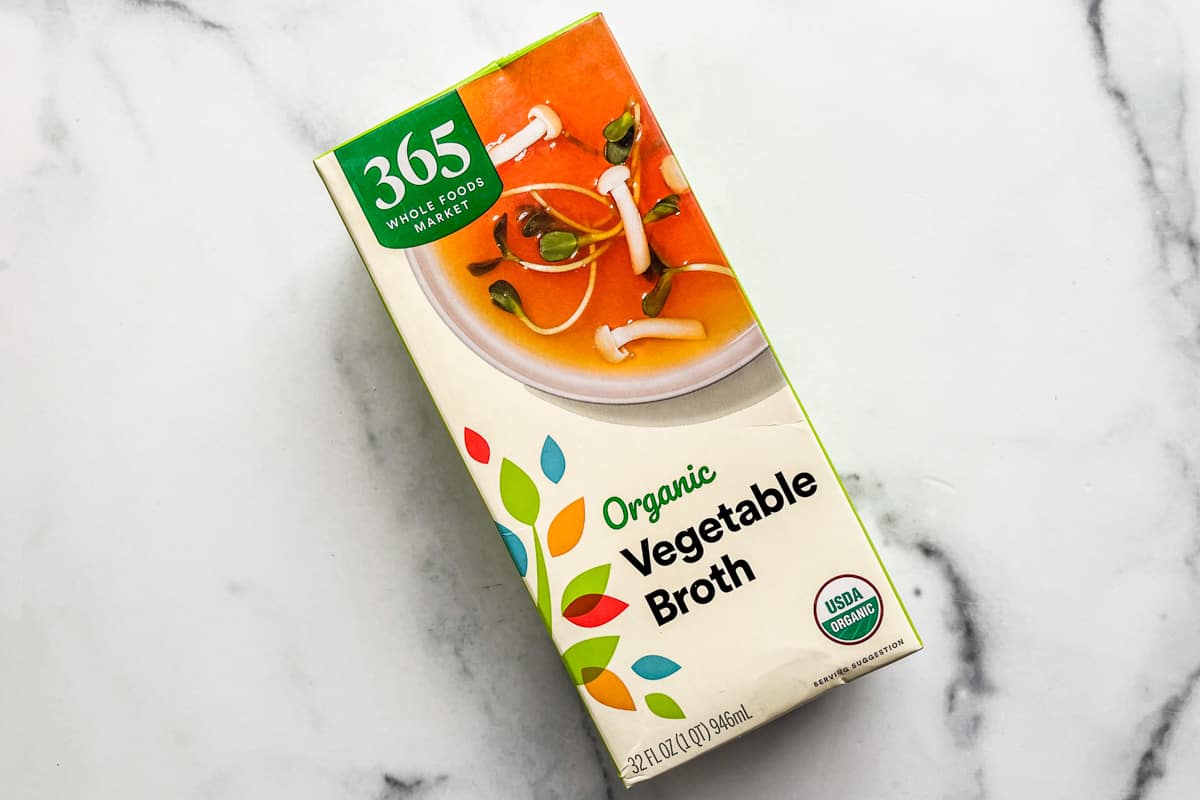
2. Vegetable Broth or Stock
Miso, especially white miso, has a strong flavor resemblance of vegetable stock/broth, making it a very good substitute for miso. A good vegetable broth has a rich flavor, but your recipe may need a little more salt when using it as a miso substitute.
If you are replacing white or yellow miso, this will be a great substitute. If you're looking to replace a red miso, you may want to try something like a mix of fish sauce and/or soy sauce with the broth.
You'll want to use twice as much broth or stock as you would miso in a recipe. Then, taste test to see if more salt is needed. The salt will depend on which broth you use.
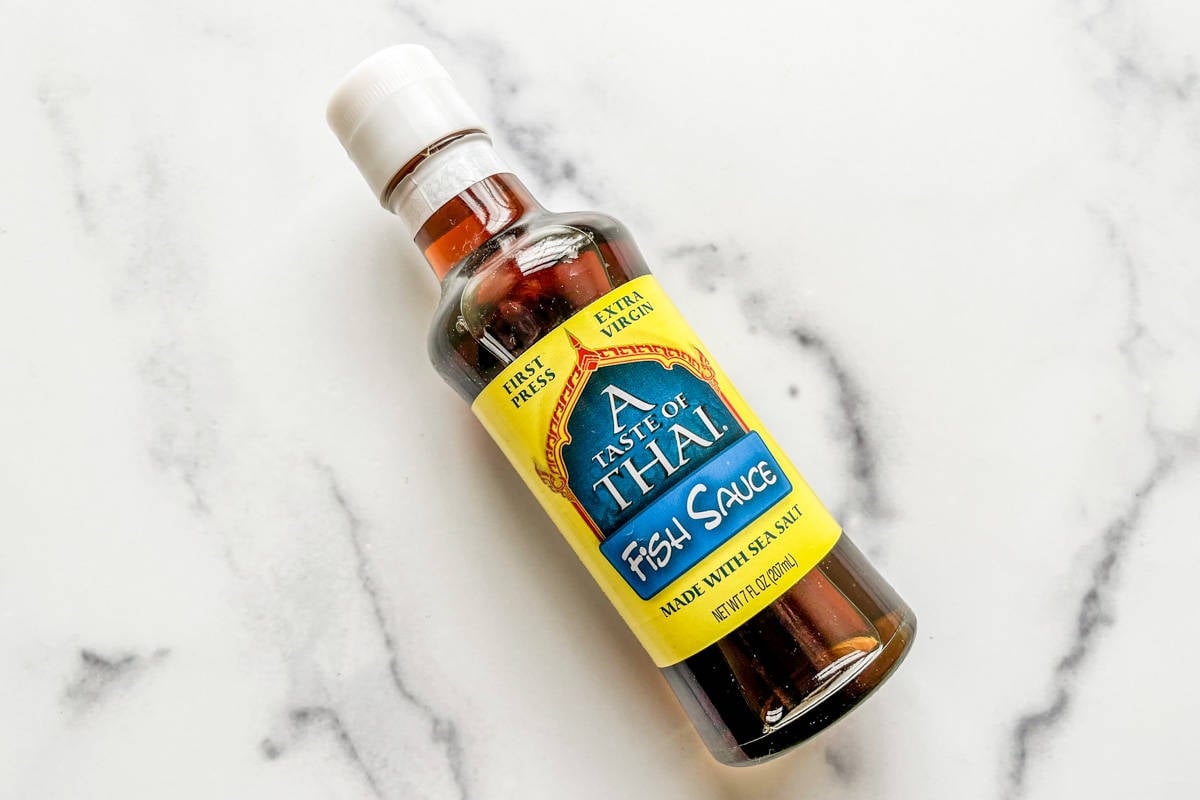
3. Fish Sauce
Fish sauce is a salty sauce made by fermenting fish. The fermentation process is usually a few months or even years and results in a unique and strong taste. It's used in a variety of dishes and is a key ingredient in many sauces, dressings and stir fries (like pad thai).
A little fish sauce goes a long way. If using fish sauce in place of miso paste, it's best to start with a little less fish sauce than you would miso. Start with about half the amount and slowly increase if you need more umami flavor.
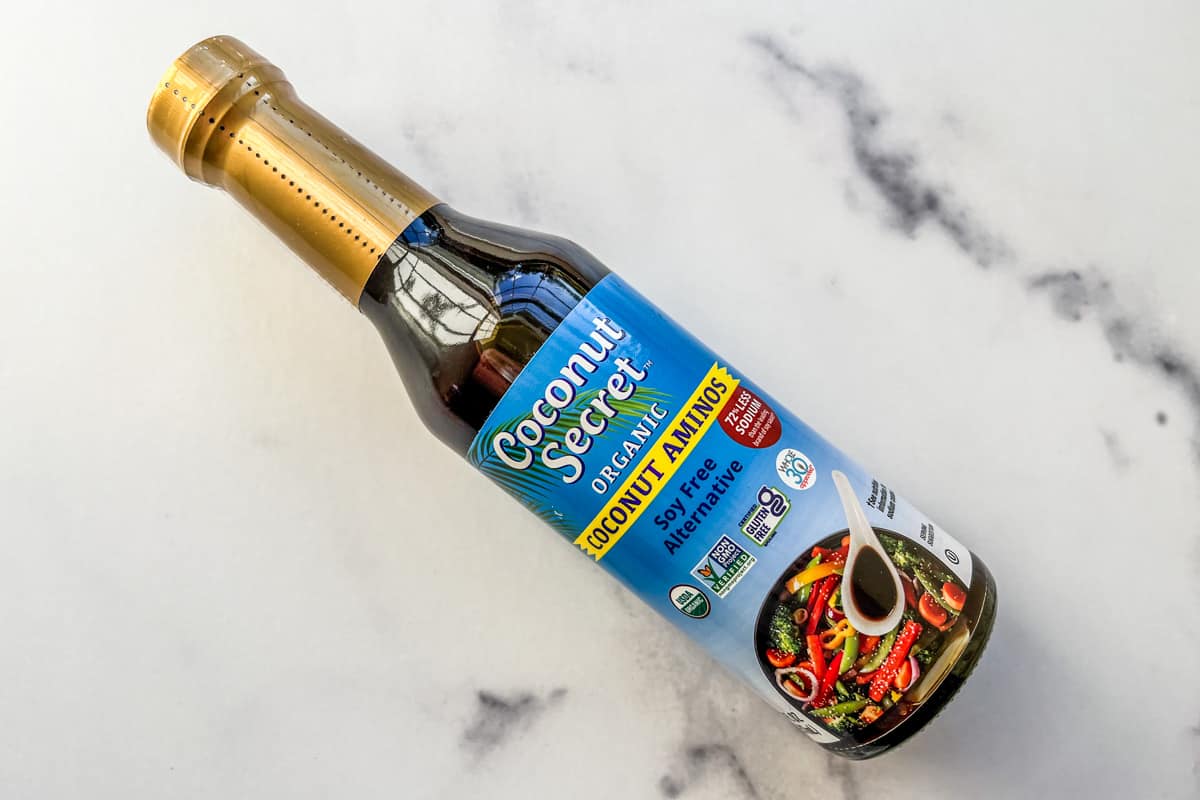
4. Coconut Aminos
Coconut aminos is a great alternative to soy based products, like soy sauce and miso, because it's soy free. It has a slightly sweet taste and not as strong of an umami flavor as miso.
Coconut aminos can work as a miso substitute in soups, sauces, dressings, and marinades, but you may want to add a little fish sauce or anchovy paste if possible. Adding a combination of coconut aminos with anchovy paste or fish sauce will yield a bit more of a savory flavor and help balance the sweeter taste of the coconut aminos.
You can use coconut aminos 1:1 as a miso substitute.
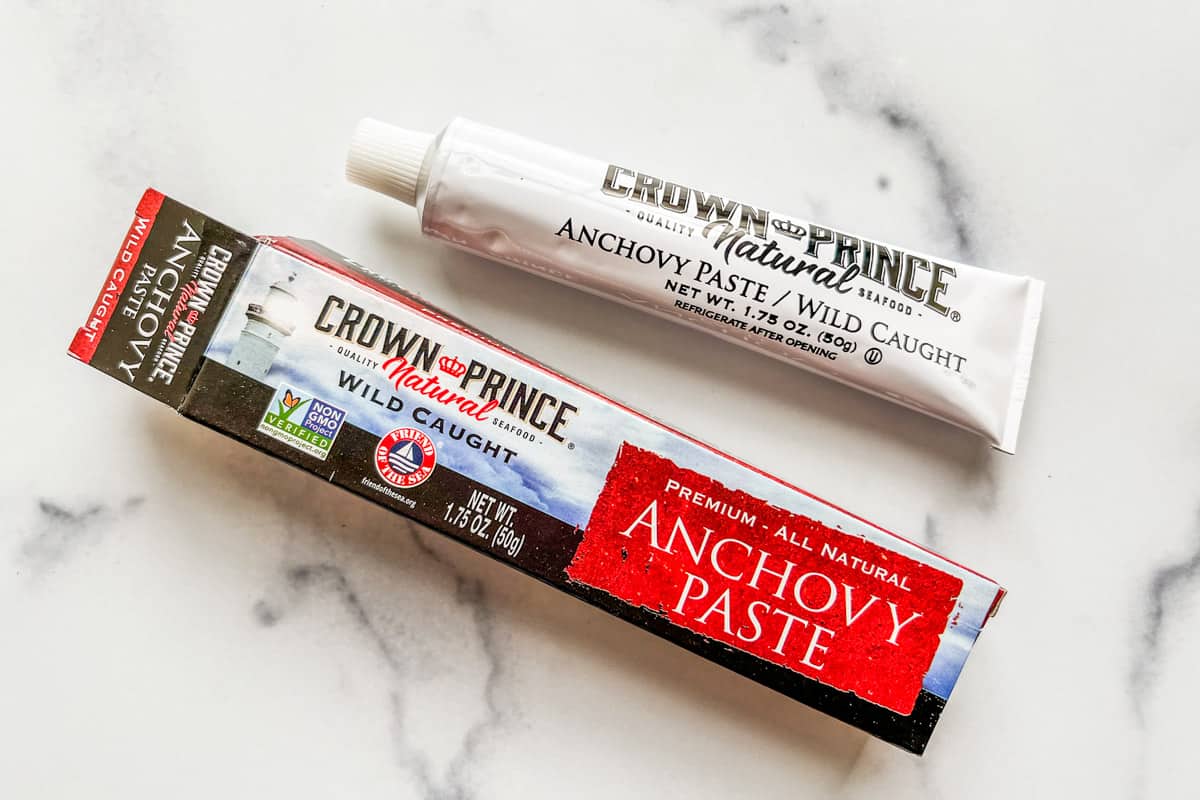
5. Anchovy Paste
Anchovy paste is just what it sounds like -pureed anchovies into a paste. Usually, an oil, salt, and/or vinegar is added to give it a salty, strong fish taste. You certainly wouldn't want to substitute anchovy paste for miso in recipes using a lot of miso. It's important to note that anchovy paste should only be used when you are trying to add a little bit of a briny taste to a recipe.
Anchovy paste can work in sauces and marinades when only a small amount of miso is being replaced.
I recommend using half the amount of anchovy paste in place of the miso paste when substituting.
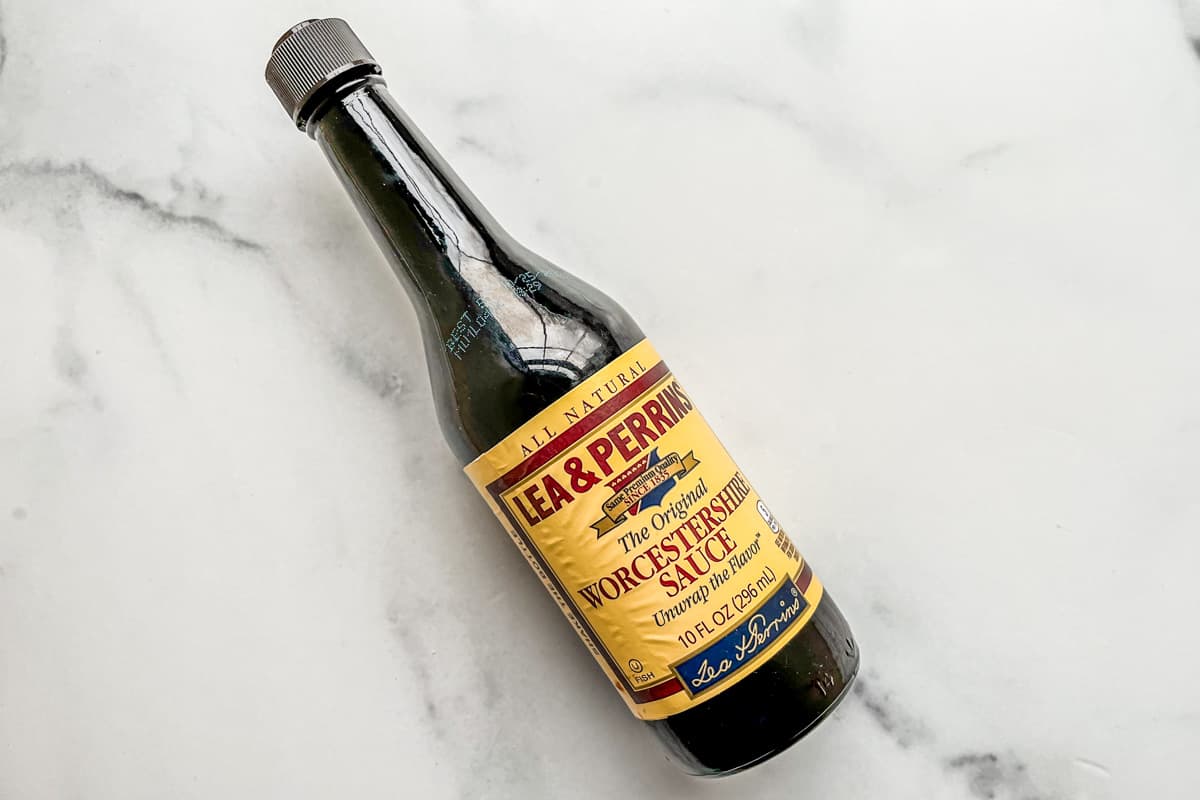
6. Worcestershire Sauce
Worcestershire sauce has a much stronger flavor than miso paste. But it has a rich umami flavor that's salty and savory and will work if it's what you have on hand.
While Worcestershire sauce is likely best as a miso substitute when diluted with a broth, a little water, or even some tahini, depending on your recipe, you can use Worcestershire sauce in place of miso paste.
Worcestershire sauce will likely work best in recipes like meat marinades or rich sauces and only when a little miso is needed.
Start with using half the amount of Worcestershire sauce in place of the miso paste when substituting.
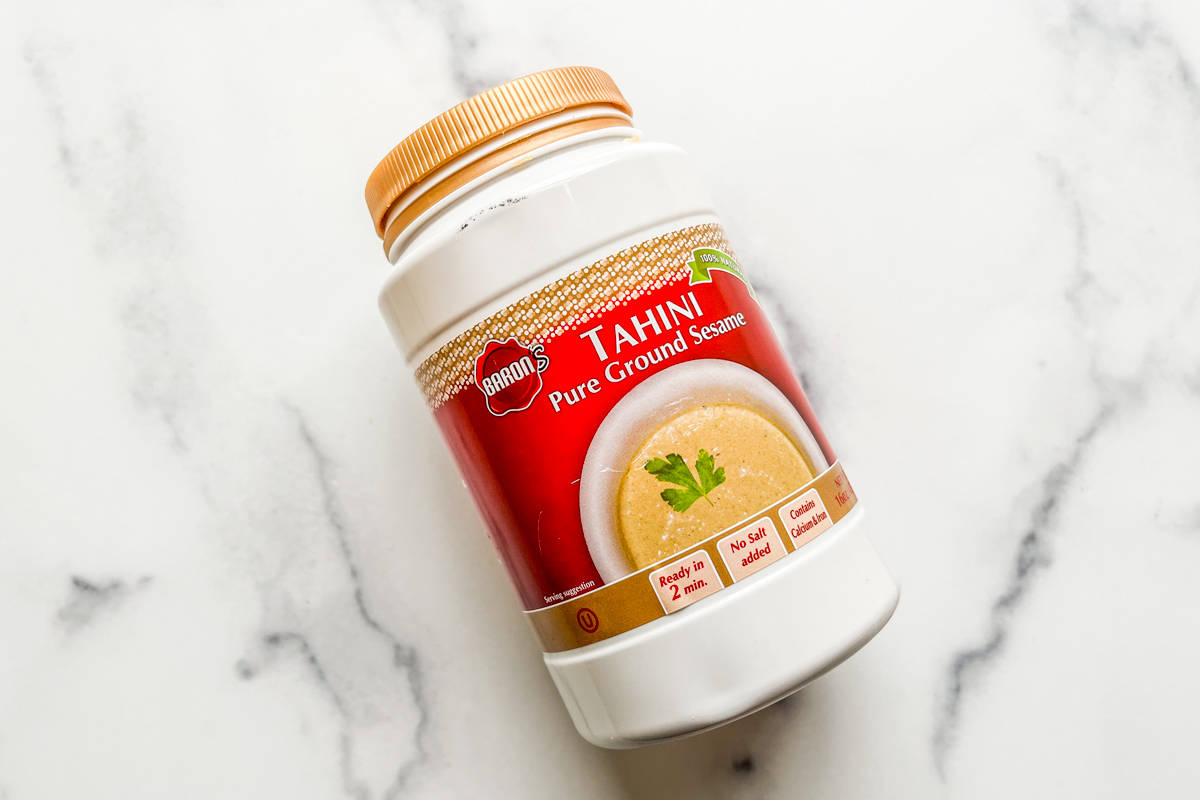
7. Tahini
Tahini is a paste made from ground sesame seeds. It has a similar texture to miso paste but is thicker, and the flavor is different. Tahini lacks the salty flavor and umami taste of miso. Tahini is one of the main ingredients in hummus recipes. It has an earthy flavor that can replace the miso paste texture in a recipe. Miso does have a very light nutty flavor from the soybeans, but tahini's nutty flavor can throw a recipe off if too much is used.
While tahini isn't the best miso substitute, it can be used 1:1 in recipes, but only when a small amount is being used. You may want to also add a bit of fish sauce or soy sauce to add some of the salty umami flavor that will be missing from the tahini.
Frequently Asked Miso Questions
What are the different types of miso? The three most common types of miso are white miso, yellow miso, and red miso. White miso is the most mild of the three, and red has the most robust umami flavor, as it's fermented the longest. Awase miso is also popular in Japanese cooking. Awase miso is a mix of red and white miso to make a super versatile miso.
What is a soy free alternative to miso? The best soy-free option to miso paste is coconut aminos or vegetable broth/stock. Just check to make sure the stock you're using doesn't have soy.
What is a vegan substitute for miso? Miso is generally vegan, but if you have one that isn't and needs a good replacement, vegetable broth is a great vegan substitute for miso. If you need a substitute for red miso, you may want to add soy sauce to the broth as well.
What is miso made of? Miso is made from soybeans, a grain (Usually rice or barley), salt, koji (a type of fungus), and water. The mixture is fermented with the help of the added koji to bring its unique taste. The darker the miso, the longer it's been fermented, and generally, more soybeans are used. This results in a deeper flavor.
Can I use another type of fermented paste? Doenjang, a Korean fermented soybean paste, can also be substituted for miso paste. It's best substituted for red miso paste as it has a strong umami flavor. You can use Doenjang as a 1:1 substitute for red miso paste in recipes. Try using a bit less Doenjang for recipes calling for yellow or white miso.
Final Thoughts on Miso Substitutes
It's hard to find a perfect miso substitute, but these seven are great alternatives when you're in a bind. The type of miso a recipe is calling for is essential. While in general, most miso pastes can be used interchangeably in a pinch, there's a reason each miso is selected for a recipe.
White miso will be the easiest to replace since it's mild in flavor. Red miso will be the trickiest and may require a mix of the substitutes listed to get the right flavor.
Here's my recommendation for substitutes for each type of miso:
- Best for white miso - vegetable stock, soy sauce, tamari or coconut aminos
- Best for yellow miso - soy sauce, tamari, or coconut aminos with an added bit of fish sauce
- Best for red miso - soy sauce or tamari with an added bit of fish sauce or anchovy paste.
Looking for Miso Recipes?
We recommend using miso in these recipes, but if you are all out, play with our miso substitutes and see how they work!
- Miso Ramen with Bok Choy - made with red miso, baby bok choy, and delicious flavorings like sesame oil and chili oil, this 15-minute ramen is sure to be a hit!
- Vegetarian Miso Ramen - we doubled up on the miso in this one to make an awase miso (combination of white and red miso) and add just a bit of sugar and sesame oil to add layers of flavor.
- Tahini Miso Ramen - Ready in less than 20 minutes, this savory ramen includes caramelized mushrooms in a creamy, savory stock that will make you think it's from a ramen restaurant.
Have you tried any of these miso substitutes? If so, comment below or on Instagram to let us know which you liked best.
Looking for more guides? We have all kinds of guides to help you cook. Check them out and let us know if we missed any.